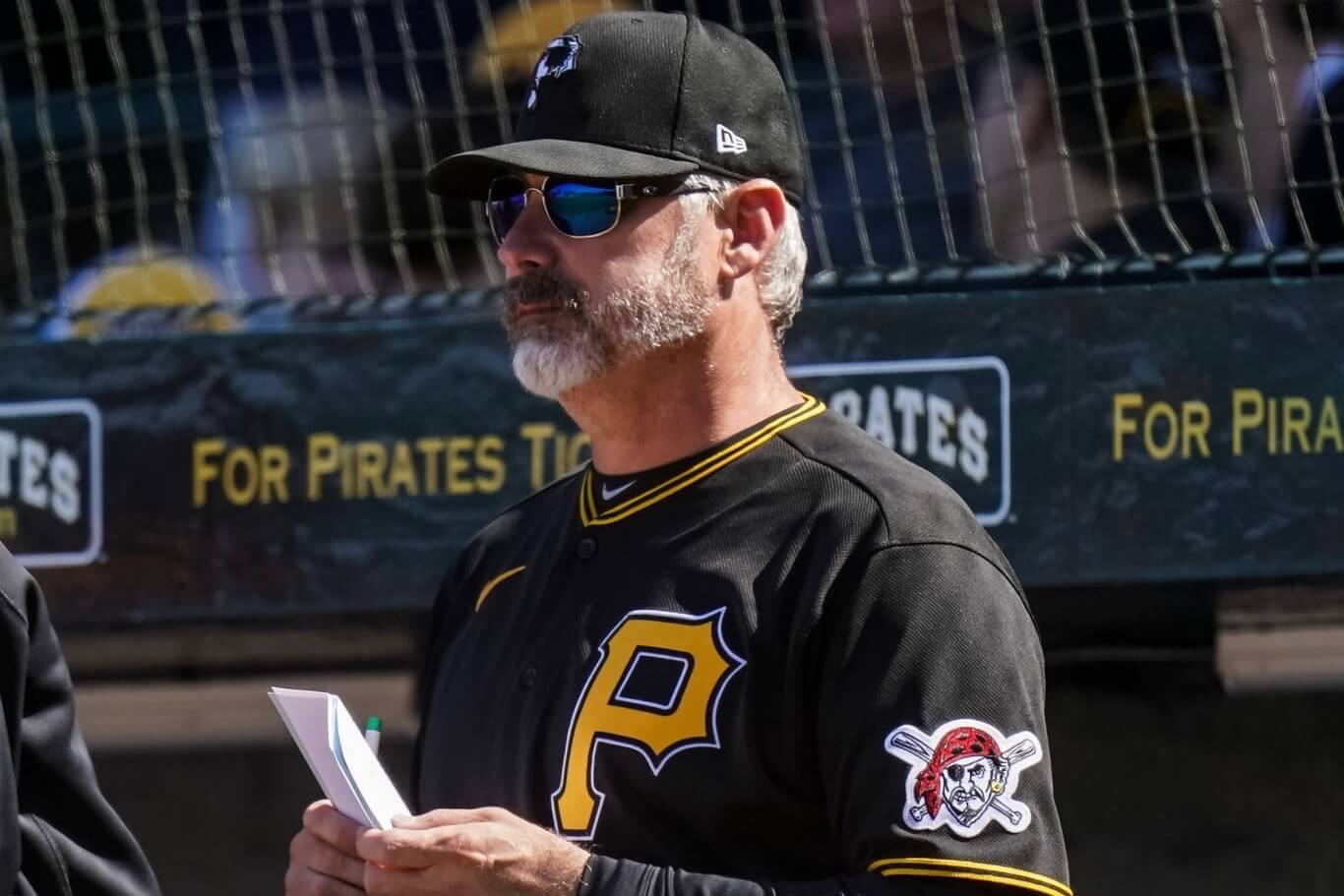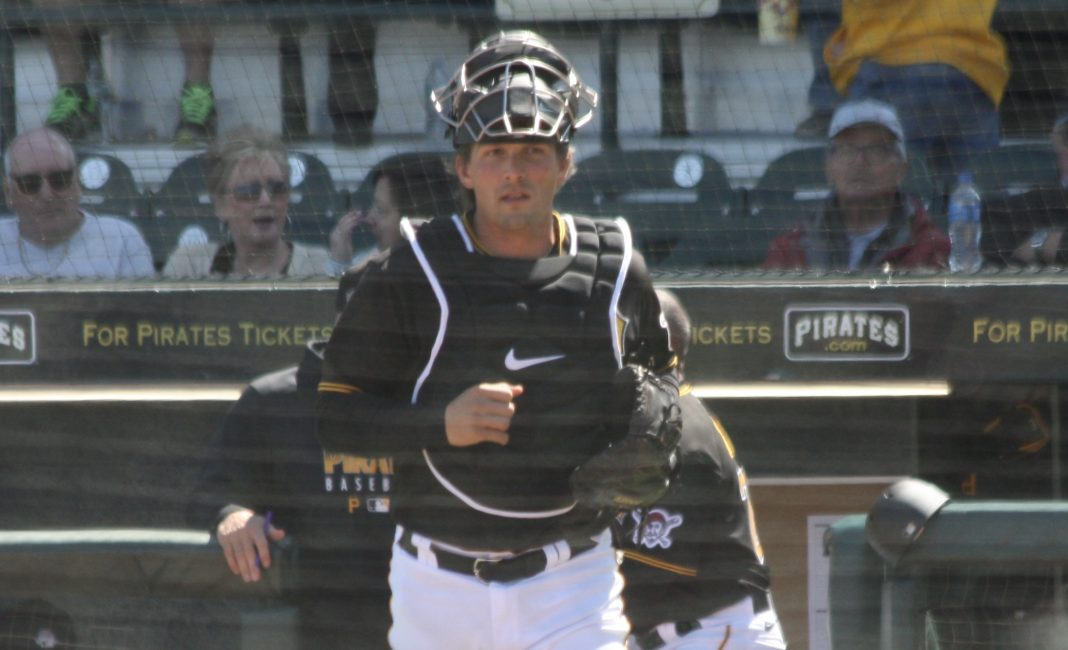The Art of Pulling Starters: React Before Too Early Turns Into Too Late
Over the course of the 2021 Season, we have seen several Pirates pitchers be pulled before five innings, or with pitch counts in the 60s and 70s. Today, we look at the art of pulling starting pitchers and when is the right time to go to the bullpen.
When scrolling through Facebook night after night during the Pittsburgh Pirates season, there is one common theme I see. There are always one or two posts questioning why the starting pitcher was pulled when he was. Whether it was taking a struggling Mitch Keller out after four innings or complaining that Wil Crowe was left in too long after giving up a three-run home run. It all leads to the question, when is the right time to pull your starting pitcher and head to the bullpen? It is one of the hardest decisions a Major League Baseball Manager has to make over the course of a game, and one that can have one of the biggest impacts. Pull a guy to early and the bullpen could blow the game, but leave him in and a great start can go to a bad start in just a few swings.
Last night, Pirates Manager Derek Shelton was almost plagued by another round of "why did he leave Tyler Anderson in the game?" when Anderson gave up the three-run pinch hit home run to Yasmani Grandal with two outs in the seventh. However, the Pirates were able to come back and help their starter in what was a 6-3 game one win. After last night's start, Pirates pitchers are averaging just under 5.0 innings a start. As they enter their biggest stretch of the season, with 20 games in 20 days, we could see this number go down a little as Derek Shelton tries to save some of his younger arms. Today, we look into the decision of pulling a starting pitcher to see when pulling a guy too early turns into pulling a guy too late.
Decision #1: When To Pinch Hit
When you don't have the Designsted Hitter to rely on, one part of the game that the Manager has to think about is when to pinch hit for the pitcher. Even if the guy is having his best outing of the year, if the situation dictates it offensively, you may have to sub him out. There have been several times already this season where Manager Derek Shelton had to make these tough decisions. With runners in scoring position in the fifth inning of a ball game that you are trailing, you usually want to put in someone who can drive those runs in. However, if your starter has allowed just two earned runs all day, it can be a hard decision to take them out of the game. Pinch hitting is one of the hardest things Major League Baseball player has to do, and in such a big situation, it us even more magnified.
For me, it depends on where you are in the game on what decision you make. If you are within three runs or less, and it is the fifth or sixth inning, you usually call on the pinch hitter rather than leave the pitcher in. An example of this came early in the season, Opening Day to be exact. It was the fourth inning of a 2-2 ball game, and the leadoff man walked. It was a chilly 39 degrees at game time, and starting pitcher Chad Kuhl had given up two runs in three innings of work. Coming off Tommy John surgery in 2019, Kuhl was already on a short leash, so Shelton pinch hit with Dustin Fowler. Fowler singled to put runners on first and second but the Pirates came through with nothing. This was one instance where I agreed with Shelton's decision as it allowed the Pirates a chance at more offense. It us a unique decision that the National League creates that the American League for don't have, but it is one of the hardest decisions to make.
Decision #2: When Guys Get on Base
This is another scenario you have seen not only with the Pirates, but across Major League Baseball. A pitcher is going really well into the sixth or seventh inning, he allows the leadoff guy to reach and then he is removed from the game. When the bullpen comes in, they end up giving up a big hit or home run and the other team ties the game or gets the lead. It is one of the most frustrating things to watch as a fan, but unfortunately it is part of the game. We saw this happen to Wil Crowe two starts ago when he allowed just one run through five innings against the Pirates ended up losing the game 5-2, but Crowe was tagged with a no decision and wasn't very happy about it.
You never know what is going to happen as an inning roles on, but usually the big thing to look for is pitcher's body language. In the case above, I did not agree with Shelton removing Crowe, but he was starting to look tired. In the most recent series, the Cleveland Indians were tasked with the same dilemma when that lead 2-0 heading into the seventh. Their bullpen was 27-2 when leafing after seven so Terry Francona turned to the pen. They ended up giving up six runs to the Pirates in a game the Bucs were able to win. We have seen it both work for and against the Pirates this season, and sometimes it is simply a flip of the coin.
Balancing Out Workloads
The biggest thing Manager takes into consideration when pulling a pitcher is managing workloads. Especially during this 20-game stretch that the Pirates are currently enduring, it will be important to make sure to not overtake anyone arm. The Pirates bullpen has been used a lot this season, and it is starting to show in games down the stretch as the bullpen has been more susceptible to giving up leads. However, Shelton has a plan for this that will save the key guys and get some minor leaguers some more opportunities. He said in an interview yesterday that there may be instances when he calls guys up from Triple-A to make spot starts, and give his main guys an extra day.
The game isn't played like it used to be where pitchers threw complete games every time out. They throw harder than ever before and with that new velocity comes more fatigue. Overall, I have been happy with Derek Shelton's game management this season. I feel he has done a good job of saving guys arms and knowing when to get them out of games. There will always be those questionable decisions, but at the end of the day, you have to know when enough is enough. In the end, the question remains the same, how early is too early when pulling a starting pitcher, and when does that too early become to little too late.




Comments
Post a Comment